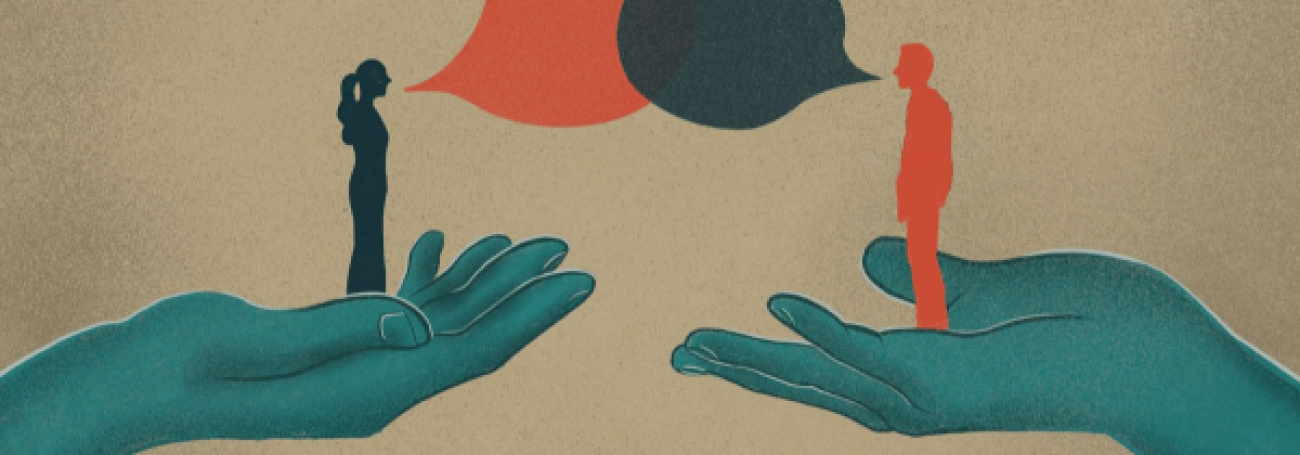Achilles, M. and Zehr, H. (2000). Restorative justice for crime victims: the promise and the challenge. In: S.G. Bazemore and M. Schiff (eds.) Restorative community justice: repairing harm and transforming communities, chap. 4, pp. 87–99. Cincinnati, OH: Anderson Pub.
Biffi, E. (2016). Practice guide for restorative justice services The Victims’ Directive: challenges and opportunities for restorative justice. Leuven: European Forum for Restorative Justice.
Burns, C.J. and Sinko, L. (2021). Restorative justice for survivors of sexual violence experienced in adulthood: a scoping review. Trauma, violence & abuse 24(2):340–354. Https://doi.org/10.1177/15248380211029408.
Chan, J.B.L., Bolitho, J. and Bargen, J. (2015). Restorative justice as an innovative response to violence. SSRN Electronic Journal 10.2139/ssrn.3439193.
Cook, K. (2011). Rape investigation and prosecution: stuck in the mud? Journal of Sexual Aggression 17(3):250–262. Https://doi.org/10.1080/13552600.2011.613281.
Council of Europe (2011). Convention on preventing and combating violence against women and domestic violence. Istanbul Convention.
European Commission (2020a). Communication from the Commission to the European Parliament, the Council, the European Economic and Social Committee and the Committee of the Regions EU Strategy on victims’ rights (2020–2025). Brussels: European Commission.
European Commission (2020b). EU Strategy on victims’ rights (2020–2025). Brussels: European Commission. European Parliament and Council (2012). Directive 2012/29/EU of the European Parliament and of the Council of 25 October 2012 establishing minimum standards on the rights, support and protection of victims of crime, and replacing Council Framework Decision 2001/220/JHA. EUR-Lex.
Hudson, B. (2002). Restorative justice and gendered violence: diversion or effective justice? British Journal of Criminology 42(3):616–634.
Jones, H.D. and Cook, K. (2008). Rape crisis : responding to sexual violence. Lyme Regis: Russell House Publishing.
Keenan, M. and Zinsstag, E. (2014). Restorative justice and sexual offenses: can ‘changing lenses’ be appropriate in this case too? Monatsschrift für Kriminologie und Strafrechtsreform 97(1):93–106. Https://doi.org/10.1515/mks-2014-970113.
Knowles, G. (2013). Evaluating law reform using victim/survivor stories from the criminal justice system. Sexual Abuse in Australia and New Zealand 5(2):40–47.
Koss, M.P. (2010). Restorative justice for acquaintance rape and misdemeanor sex crimes. In: J. Ptacek (ed.) Restorative justice and violence against women, chap. 10, pp. 218–238. Oxford: Oxford University Press.
Lauwaert, K. (2013). Restorative justice in the 2012 EU Victims Directive: a right to quality service, but no right to equal access for victims of crime. Restorative Justice: An International Journal 1(3):414–425.
Marganski, A.J. (2020). Feminist theories in criminology and the application to cybercrimes. In: T.J.Holt and A.M. Bossler (eds.) The Palgrave Handbook of International Cybercrime and Cyberdeviance, pp. 623–651. Cham: Palgrave Macmillan.
Marsh, F. and Wager, N.M. (2015). Restorative justice in cases of sexual violence: exploring the views of the public and survivors. Probation Journal 62(4) 62(4):336–356. DOI:10.1177/0264550515619571.
McGlynn, C., Johnson, K., Rackley, E., Henry, N., Gavey, N., Flynn, A. and Powell, A. (2020). ‘It’s torture for the soul’: the harms of image-based sexual abuse. Social and Legal Studies 30(4):541–562. Https://doi.org/10.1177/0964663920947791.
McGlynn, C. and Rackley, E. (2017). Image-based sexual abuse. Oxford Journal of Legal Studies 37(3):534–561. Https://doi.org/10.1093/ojls/gqw033.
McGlynn, C. and Westmarland, N. (2019). Kaleidoscopic justice: sexual violence and victim-survivors’ perceptions of justice. Social and Legal Studies 28(2):179–201. Https://doi.org/10.1177/0964663918761200.
McGlynn, C., Westmarland, N. and Godden, N. (2012). ‘I just wanted him to hear me’: sexual violence and the possibilities of restorative justice. Journal of Law and Society 39(2):213–240. Https://doi.org/10.1111/j.1467-6478.2012.00579.x.
Pali, B. and Madsen, K.S. (2011). Dangerous liaisons? A feminist and restorative approach to sexual assault. Temida 14(1):49–65. DOI:10.2298/TEM1101049P.
Scurich, N. (2020). Introduction to this special issue: underreporting of sexual abuse. Behavioral Science Law 38(6):537–542. Doi: 10.1002/bsl.2491.
Strang, H. (2002). Repair or revenge: victims and restorative justice. Oxford: Clarendon Press.
Wager, N. (2013). The experience and insight of survivors who have engaged in a restorative justice meeting with their assailant. Temida 16(1):11–32. 10.2298/TEM1301011W.
Williams, Z. (2011). Restorative justice: why I confronted the man who raped me. The Guardian.
Wood, W.R. and Suzuki, M. (2016). Four challenges in the future of restorative justice. Victims & Offenders 11(1):149–172. Https://doi.org/10.1080/15564886.2016.1145610.
Zinsstag, E. (2017). How appropriate is the use of restorative justice in cases of sexual violence? Scottish Justice Matters 5(1).


